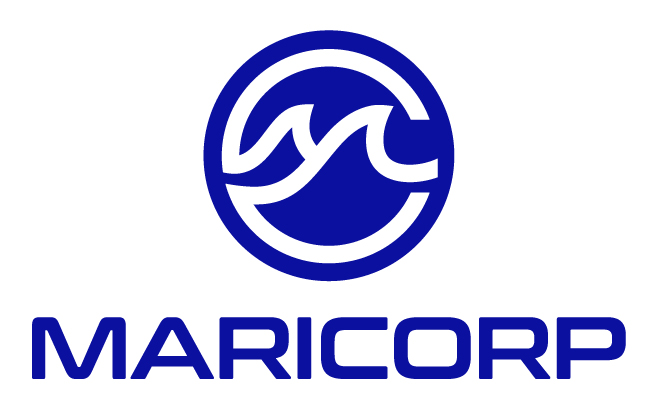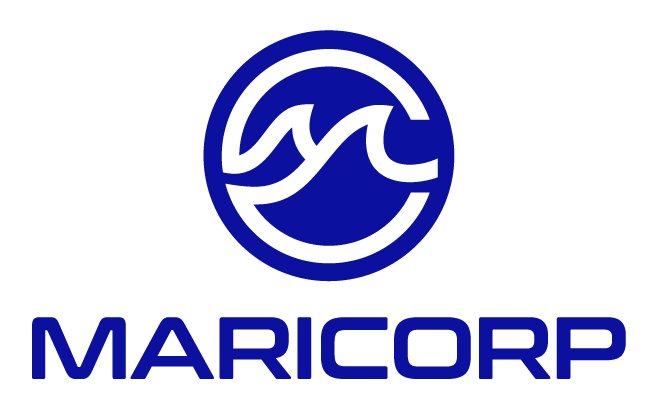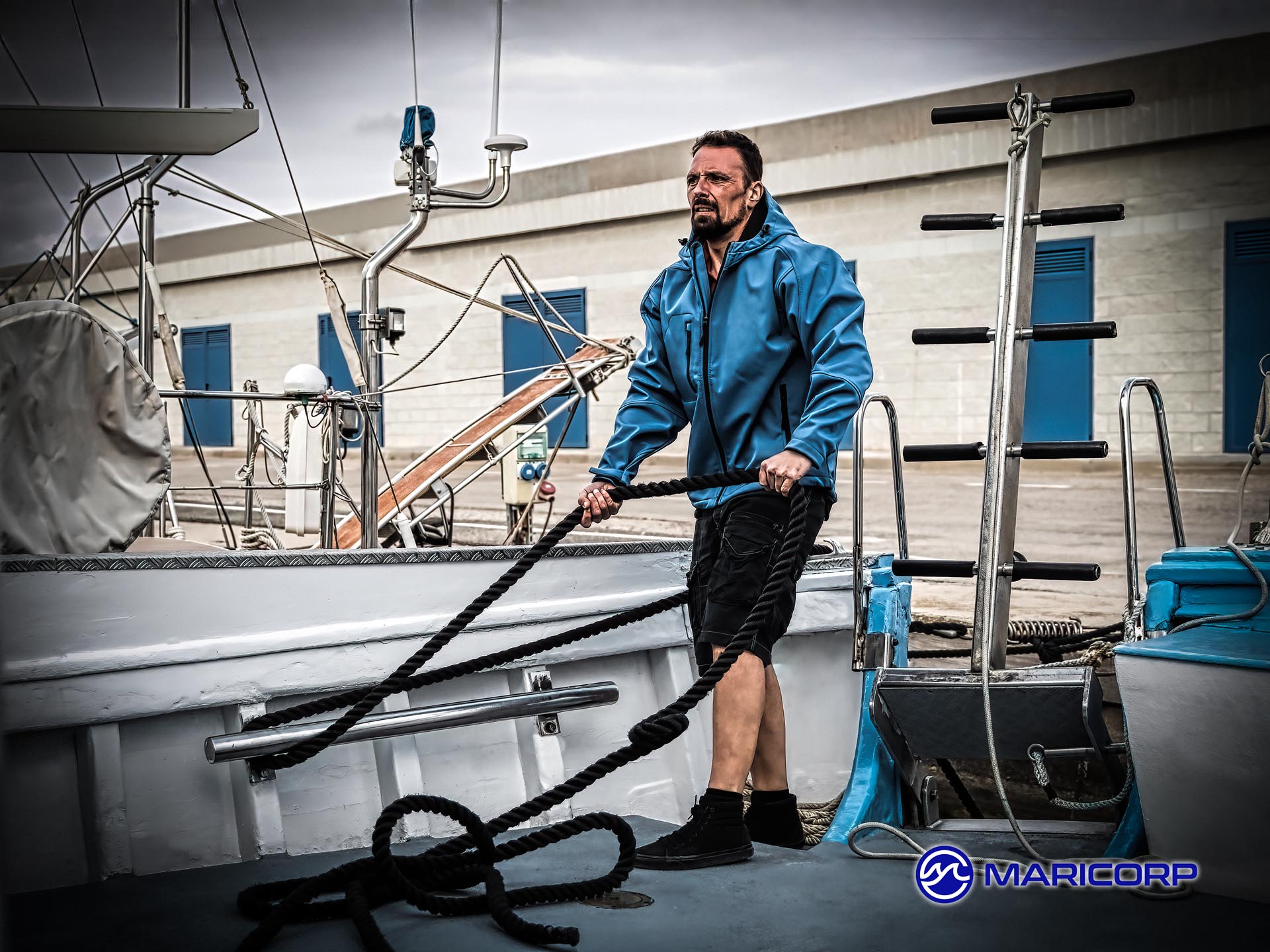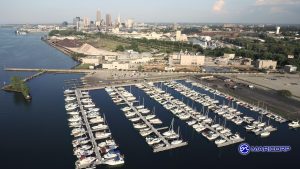Mid-Season Marina Maintenance: Keeping Operations Smooth Through Peak Boating Months
As summer hits full stride, marinas are at their busiest. Docks are filled, fuel docks are working overtime, and marina maintenance teams are responding to daily wear and tear. By mid-season, many operators find themselves too caught up in customer service to stop and assess facility performance. Yet this period—just before the high-traffic holiday weekends—offers a critical window to catch small issues before they become bigger, costlier problems.
Mid-season maintenance doesn’t need to be disruptive. With a strategic approach, operators can keep systems running efficiently, protect staff and boater safety, and extend the lifespan of dock infrastructure, utilities, and service equipment.
Key Systems to Inspect and Refresh
Routine maintenance is expected in the offseason, but mid-season upkeep targets areas most impacted by ongoing use. Focus on systems and components that are directly exposed to weather, foot traffic, and repeated mechanical strain.
- Dock Hardware and Structural Integrity
Daily wave action, vessel wakes, and constant pedestrian movement can loosen hardware and weaken dock joints over time.
- Check for loose cleats, misaligned or worn hinges, and any visible corrosion on anchoring points or pile hoops.
- Walk the docks and look for soft spots or boards that have warped, cracked, or started to rot—especially on wood decking.
- For floating docks, inspect flotation billets or tubs for damage or leakage. A single compromised float can affect balance and stability.
- Electrical Pedestals and Power Systems
Mid-season is a prime time to verify your electrical systems are keeping up with demand. Overloaded circuits or heat-related wear can pose safety hazards.
- Open pedestal panels and inspect for burned wiring, corrosion, or condensation buildup.
- Test GFCI outlets and breakers using a plug tester.
- Review logs to identify any recurring complaints of tripped breakers or inconsistent shore power delivery.
The National Fire Protection Association (NFPA) offers detailed inspection guidance for marina power systems.
- Fuel Dock Systems and Storage
Fueling stations experience heavy usage in summer months. Preventative inspection keeps systems clean, compliant, and safe.
- Inspect hoses, nozzles, and fittings for wear or leaks.
- Confirm that all fuel shut-off valves and emergency stops are operational.
- Empty and inspect spill response kits. If absorbents are low, reorder immediately.
- Check the grounding of dispensers and ensure signage is visible and legible.
Refer to the American Petroleum Institute’s marina fuel handling guidance for more detailed maintenance protocols.
- Pump-Out Stations and Sanitation Equipment
Pump-out stations should be evaluated for suction efficiency, hose condition, and proper signage. Look for signs of clogging or backflow and verify that the pump timer functions correctly.
Make sure staff are trained in cleaning and maintenance of the station, and consider adding a QR code nearby with basic pump instructions or service request info.
For best practices, the Clean Vessel Act (CVA) program through the U.S. Fish and Wildlife Service offers helpful tools and funding opportunities.
- Fire Suppression Equipment
Inspect extinguishers throughout the marina property and ensure they are:
- Charged and within inspection dates
- Free of rust or dents
- Accessible and not blocked by items or vegetation
Also review the accessibility and maintenance of fire hoses, reels, and fire suppression systems on fuel docks and storage buildings. Many states now require annual inspection logs to remain up to code.
Staff, Safety, and Environmental Systems
While infrastructure is essential, the human systems that support it deserve equal attention—especially when fatigue and high traffic are factors.
- Safety Signage and Emergency Protocols
Review all dockside signage for readability and condition. Update contact numbers if needed and ensure first-aid and emergency instructions are posted near high-traffic areas.
Revisit emergency response drills with staff. Even a 20-minute refresher on first aid, fire extinguisher use, or weather procedures can dramatically improve response readiness.
- Waste Management and Cleanliness
Overflowing bins, full fish cleaning stations, or oily water traps can degrade your facility’s image and increase environmental risk.
- Increase waste pickup frequency during peak weeks
- Check trash can lids and liners to keep odors and pests down
- Replenish supplies at dog waste bag stations, pump-out areas, and recycling bins
The Clean Marina Program outlines suggested frequencies and protocols for high-traffic marinas.
- ADA Compliance and Accessibility Check-In
Look for changes in gangway slope, trip hazards on docks, or railing stability. Hot weather can cause slight material warping, making some ADA-compliant surfaces or slopes temporarily non-compliant.
If any ramps, restrooms, or walkways have shifted or degraded, prioritize these fixes before summer events bring in new or first-time visitors.
Communication Tools to Support Maintenance
Mid-season maintenance is easier when supported by efficient reporting and tracking tools.
- Use digital task management tools like Trello, UpKeep, or Maintenance Connection to assign and log inspections or tasks.
- Empower dockhands and staff to report issues in real-time using photos via Slack or shared mobile folders.
- Keep a rolling weekly checklist tied to calendar events (e.g., pre-July 4th deep clean, post-weekend trash sweep) to stay ahead of demand spikes.
Keeping records of work completed also helps support insurance claims or compliance audits later in the year.
Making Maintenance Visible to Boaters
While not all customers will notice the maintenance you do, the visible parts make a difference. A clean dock, working hose bib, or polished pedestal says more about your operation than a brochure ever could.
Let customers know when you’ve made improvements. A short email or social post highlighting new decking, upgraded lighting, or a freshly painted fuel dock reinforces the value they get by keeping their boats at your marina.
Signage like “Improved for Summer 2025” near newly updated areas helps reinforce that your team is proactive and professional.
Staying ahead of seasonal wear-and-tear is what separates a smooth-running operation from one scrambling to fix problems under pressure. A smart mid-season maintenance strategy extends the life of your infrastructure, keeps your team safer, and helps ensure boaters enjoy their experience—without disruption. With July and August still ahead, the work you do now pays off when it matters most.
No links yet.Related Maintenance Articles
About MariCorp
Maricorp is one of the largest floating boat dock manufacturing and construction companies in the United States, specializing in galvanized steel floating docks and boat lift systems. With projects spanning coast-to-coast, Maricorp provides marina consultation and design, marine construction, marina repair and renovation, and boat dock disaster response and demolition.















